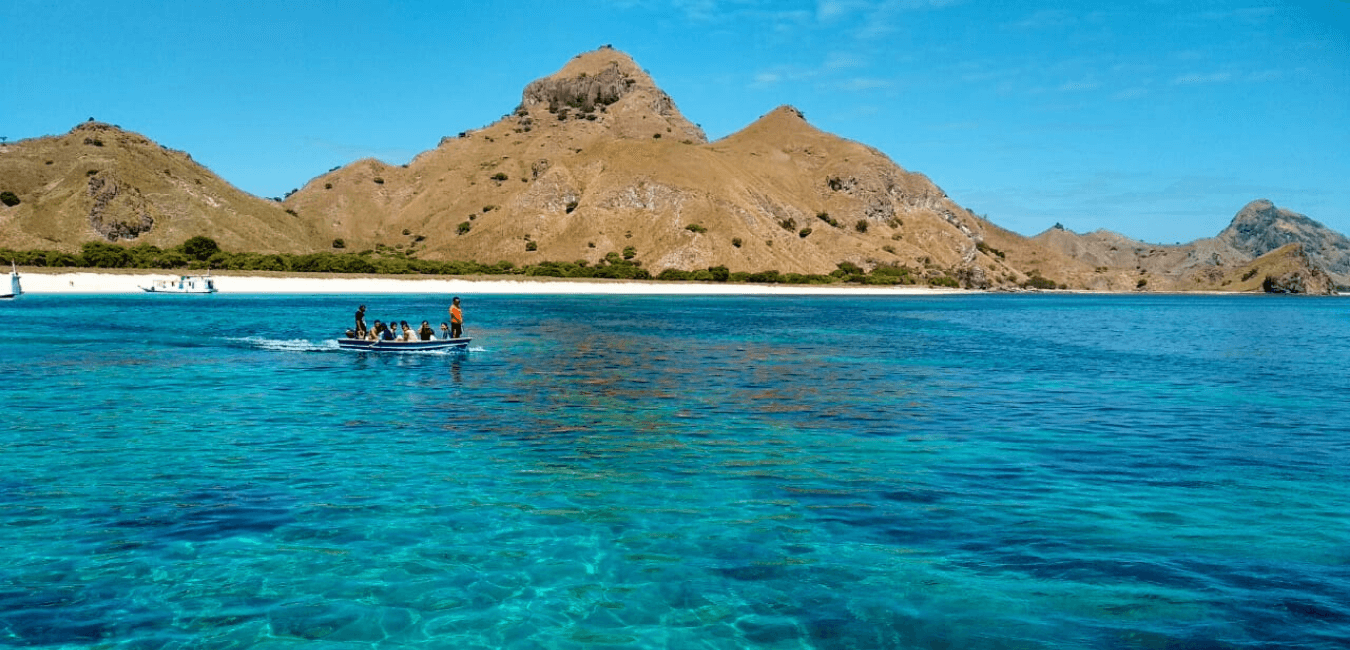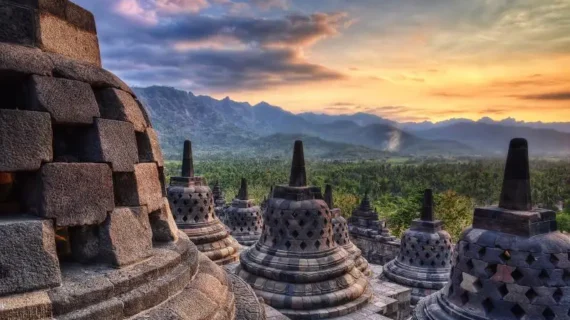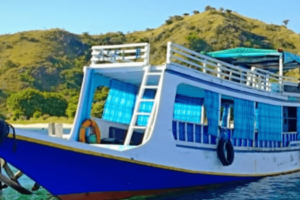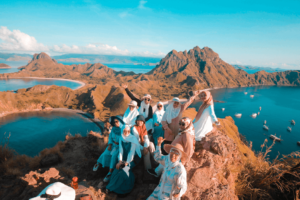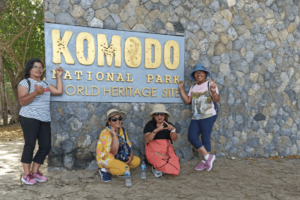Indonesia, an archipelago comprising over 17,000 islands, is a nation rich in cultural heritage, natural beauty, and historical significance. Its diverse landscapes, from lush rainforests to pristine beaches, and its vibrant traditions have made it one of the most sought-after tourist destinations in the world. This article explores the multifaceted dimensions of Indonesia’s tourism industry, highlighting its cultural treasures, natural wonders, and the evolution of its tourism infrastructure.
The Significance of Tourism in Indonesia
Tourism plays a vital role in Indonesia’s economy, contributing significantly to foreign exchange earnings. In 2009, it ranked third in terms of foreign exchange receipts, following oil and gas and palm oil. By 2016, the number of international tourists had surged to over 11.5 million, reflecting a growth of 10.79% compared to the previous year. This surge underscores the growing appeal of Indonesia as a global travel destination.
The country’s unique combination of tropical climate, vast archipelago, and long coastline—ranked third in the world after Canada and the European Union—makes it a paradise for nature lovers. From the white sands of Bali to the underwater marvels of Bunaken, Indonesia offers a wide array of natural attractions that draw visitors from around the globe.
Cultural Heritage and UNESCO Sites
Indonesia’s cultural diversity is as vast as its geography. With over 700 local languages, the nation is a mosaic of ethnic groups, each with its own traditions, art forms, and customs. The country is home to several UNESCO World Heritage Sites, including the iconic temples of Borobudur and Prambanan, the ancient architecture of Toraja, and the traditional villages of Yogyakarta and Minangkabau.
Four intangible cultural heritages recognized by UNESCO include wayang (traditional shadow puppetry), keris (a symbolic dagger), batik (textile art), and angklung (musical instruments). These elements not only preserve Indonesia’s heritage but also serve as key attractions for cultural tourism.
Popular Tourist Destinations
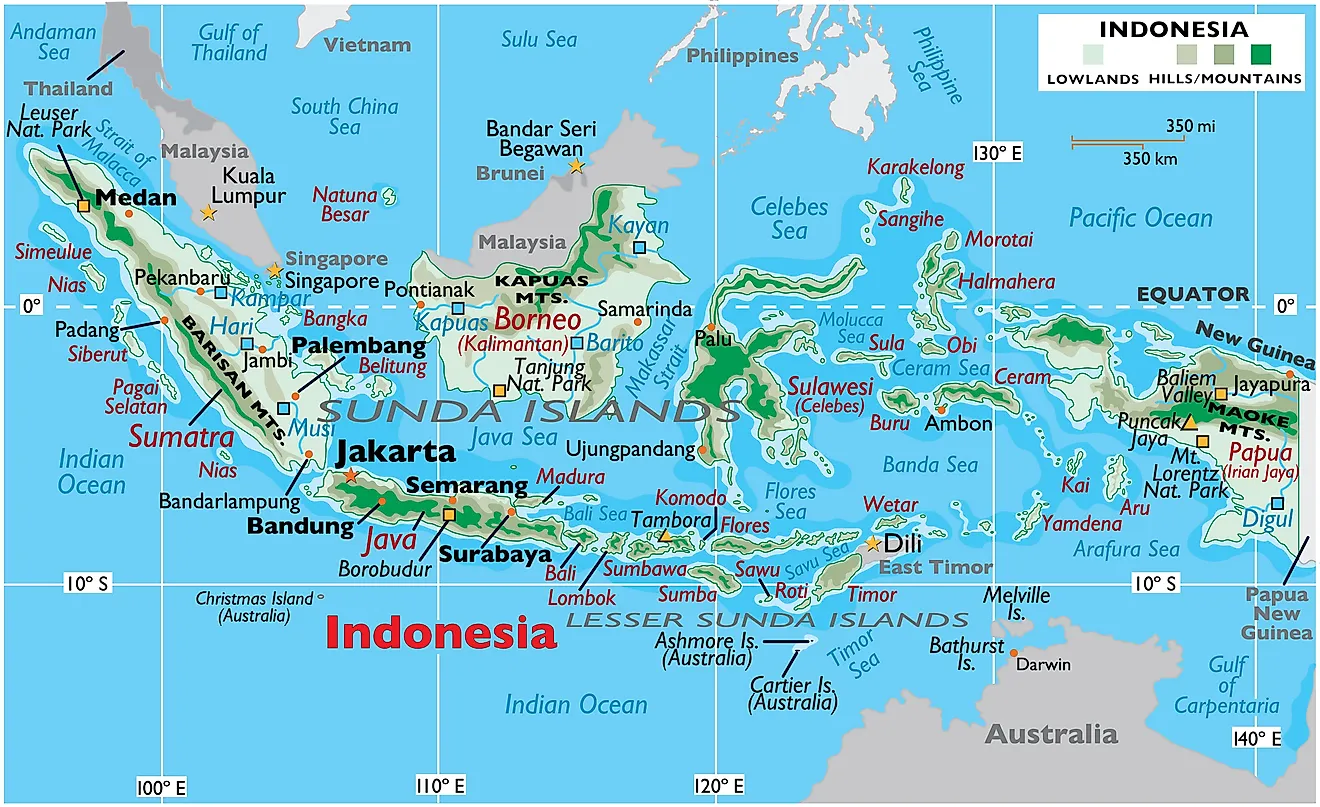
Bali remains the crown jewel of Indonesian tourism, known for its stunning landscapes, vibrant culture, and world-class beaches. Other popular destinations include Lombok’s Mount Rinjani, the diving spots of Bunaken, and the national parks of Sumatra. According to data from the Central Statistics Agency, the top provinces visited by tourists are Bali, Jakarta, Yogyakarta, East Java, West Java, North Sumatra, Lampung, South Sulawesi, South Sumatra, Banten, and West Sumatra.
Historical Evolution of Tourism
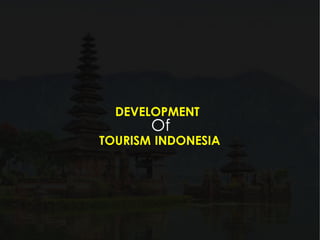
The roots of tourism in Indonesia can be traced back to ancient times. Reliefs in Borobudur depict early forms of hospitality, such as food vendors and entertainment venues. The 14th-century Kakawin Nagarakretagama describes King Hayam Wuruk’s travels through the Majapahit Kingdom, while the 15th-century “Bujangga Manik” chronicles a Hindu monk’s journey across Java and Bali.
During the Dutch colonial era, tourism began to take shape, albeit with restrictions. The establishment of the Vereeeging Toeristen Verkeer in 1908 marked a significant step in promoting tourism. By the early 20th century, Jawa had become a hub for travelers, with hotels like Hotel des Indes and Hotel Oranje catering to visitors.
Modern Tourism Initiatives
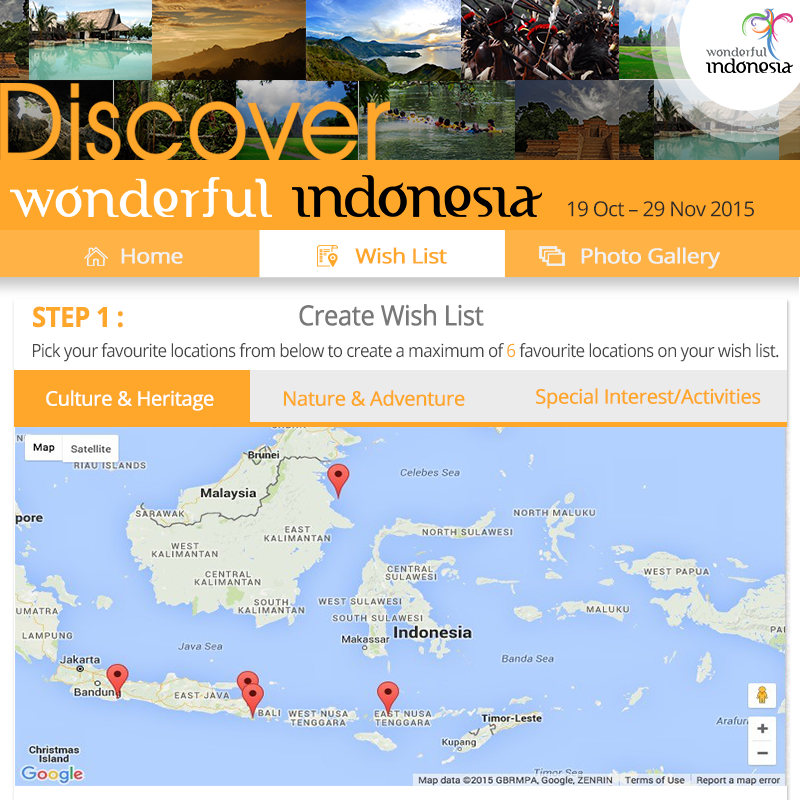
In recent decades, Indonesia has launched several initiatives to boost its tourism sector. The “Tahun Kunjungan Indonesia” (Year of Visit Indonesia) program aimed to increase international visitor numbers, while the “Wonderful Indonesia” campaign focused on promoting eco-tourism, cultural experiences, and MICE (Meetings, Incentives, Conferences, and Exhibitions).
Despite challenges such as the 2002 Bali bombings, which led to a 32% drop in tourist arrivals, the government has continued to invest in marketing and infrastructure. The 2008 “Tahun Kunjungan Indonesia” program saw a rise in international tourists to 6.2 million, demonstrating the resilience of the sector.
Natural Attractions and Marine Diversity

Indonesia’s marine biodiversity is unparalleled, with over 18% of the world’s coral reefs and more than 3,000 species of fish. Raja Ampat in West Papua, Bunaken in North Sulawesi, and Wakatobi in Southeast Sulawesi are among the most famous diving destinations. The region is also home to rare marine life, such as the Salvador Dali coral found only in Gorontalo.
Shopping and Local Markets
Indonesian shopping experiences range from bustling traditional markets to modern malls. Traditional markets like Pasar Sukawati in Bali and Pasar Klewer in Solo offer a glimpse into local craftsmanship and daily life. Meanwhile, modern shopping centers in cities like Jakarta, Surabaya, and Bandung provide a blend of international and local brands.
Conclusion
Indonesia’s tourism industry is a testament to its rich cultural heritage, natural beauty, and historical depth. As the nation continues to promote sustainable tourism and enhance its infrastructure, it is poised to remain a top global destination. Whether exploring ancient temples, diving in crystal-clear waters, or savoring local cuisine, Indonesia offers an unforgettable experience for every traveler.
